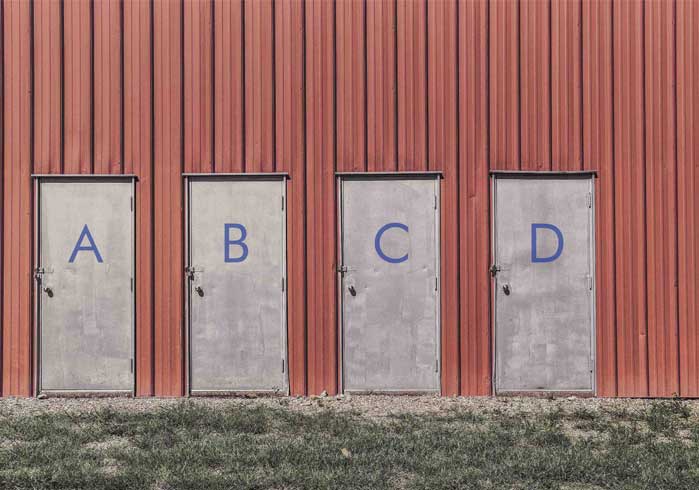Warehousing and storage come with unlimited options to meet the needs of your business. What you choose to store and ship will determine the space you need. Larger warehouses, for example, usually provide multiple specialty storage options whereas smaller storage units will provide specific storage options that may or may not fit your business. Ask yourself first and foremost whether you need a specialized facility. Most businesses won’t but if you are transporting food or something perishable that needs controls for temperature and humidity, you will need to find a facility that specializes in this. Consider the location. You’re going to have to factor in the cost of transporting to and from a facility that is an hour outside of town but that will still likely be cheaper than the cost of using a facility that is in town with higher prices.
What warehousing options are available?
Ambient Storage
One of the first warehousing options available is that of ambient storage. This is the most generic of storage intended for anything that doesn’t need humidity or temperature controls. Most of the time your items will be stored in ambient storage (except for perishables or food).
Climate-Controlled Storage
Other options include climate-controlled storage for products that need to be at a very specific humidity and temperature. You might find specialized climate-controlled facilities within an ambient storage building.
Cold Storage
cold storage is for refrigerated and frozen items which include perishables, foods, and certain drugs.
Hazmat Storage
Hazmat storage is designed for hazardous materials, and you will know if you need hazmat storage because of the special requirements and multiple certifications necessary.
How important is the location?
The location of your space plays a significant role as well. Real estate can be incredibly expensive in particular areas such as crowded cities along popular coastal regions, and for that reason, a brand new facility that’s right in the center of town near major shipping lanes is going to cost more than an older building that is an hour outside of the city limits. For some businesses, there might be a very specific advantage to having the shipping and warehousing facilities nearby but for most it won’t matter. In some situations, you won’t have much choice over location because there are special storage facilities you need like a hazmat facility that may only operate in one or two areas.
How are warehousing rates determined?
The amount you pay for your storage and warehousing needs is contingent upon the type of storage you need, whether your product can be stored efficiently, and how often your product has to be moved. If the warehouse provider generates the majority of its income by moving products in and out regularly, this profit line will help to pay for the space and therefore might result in a more competitive price for you. Given the importance of location, the location of your facility also determines how much you pay. A storage facility smack in the middle of a metropolitan area is going to have a higher rent to contend with compared to a facility that’s been operating for 45 years an hour outside of town. Higher rent is going to be passed on to you in the form of higher warehousing prices. As mentioned, the type of facility you need is also going to play a role in the cost. Generic storage will cost less compared to specialized cold storage simply because of the power requirements to maintain cold storage at its given temperature or humidity.
Other factors that influence cost, briefly mentioned above, include how often your shipments are moving in and out. If you have something that sits stagnant for a long amount of time, or for a specific amount of time, it can be allocated to a back part of the ambient storage facility. If it has to be moved in and out regularly it has to take up prime space near the front which can add to congestion. If the items you are shipping are not on pallets and therefore cannot be easily stacked they might require more room compared to something stackable and this will cost you more because of the extra space required. Fragile items that can’t be stacked on top of one another as easily also bring with them an additional cost because of the additional space required to store them. If you have items on a pallet that can be easily stacked, by comparison they’re simply going to take up less space within the storage, and therefore they will cost you less.
Wrapping Up
Given the different options, you need to know what your business requires first and foremost. If you are flexible, you have more options available to you for warehousing facilities. If you require cold storage, your available options might be limited in some locations. Being flexible on location can save you money much the same as if your products can be easily stacked.
Answering these questions and determining your needs will help point you in the direction of which storage solution and warehousing option you need. Fortunately, there are plenty of options out there.





One Comment on ““Warehousing 101: Identify the Best Storage Option for Your Business””
It’s good to know that some facilities offer climate-controlled units for things that need to be kept at a specific temperature. My husband doesn’t own a business but it is his hobby to collect artworks. Since we can’t keep all of them in our home, I think it would be safer for him to rent a self-storage unit with the feature you just mentioned.